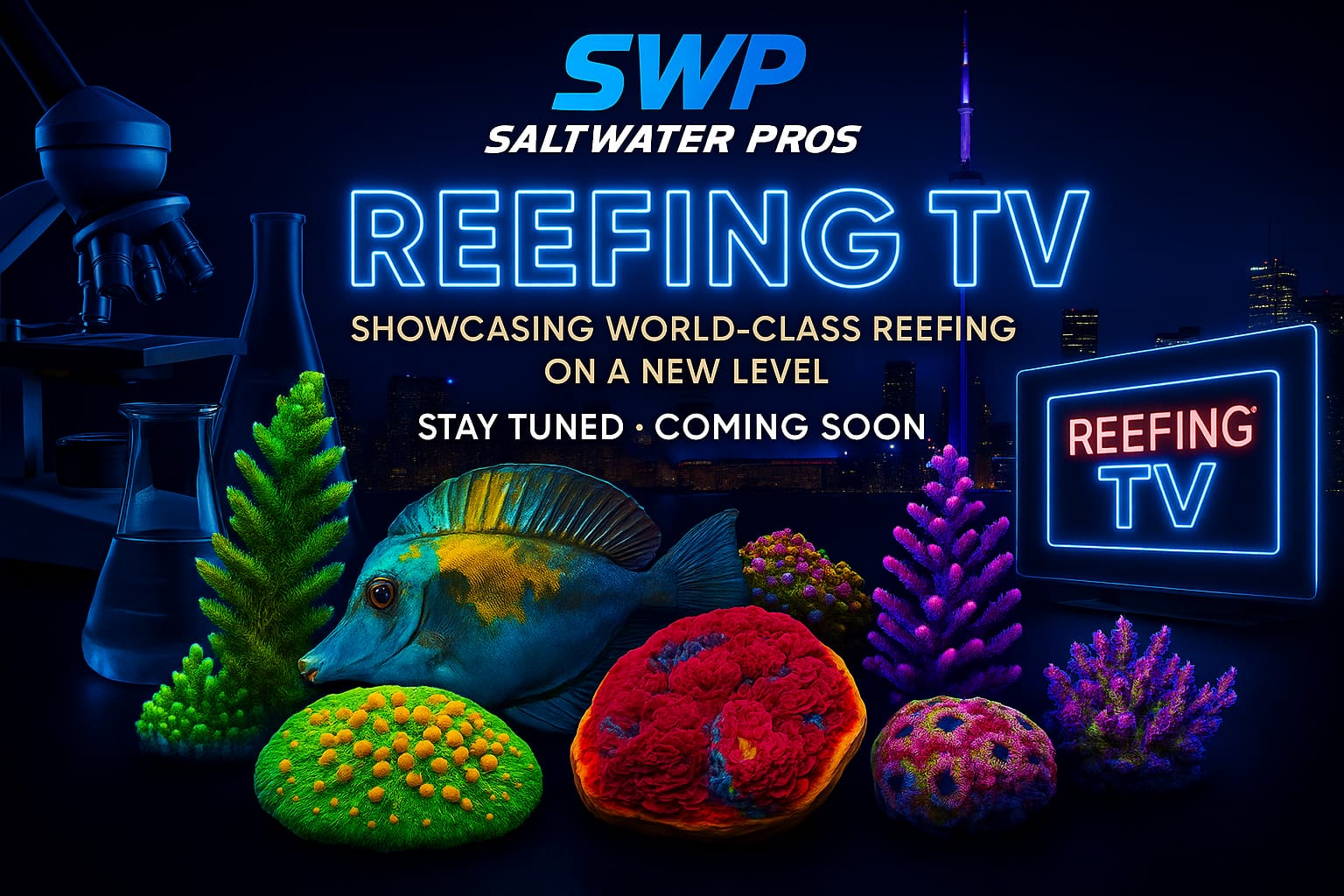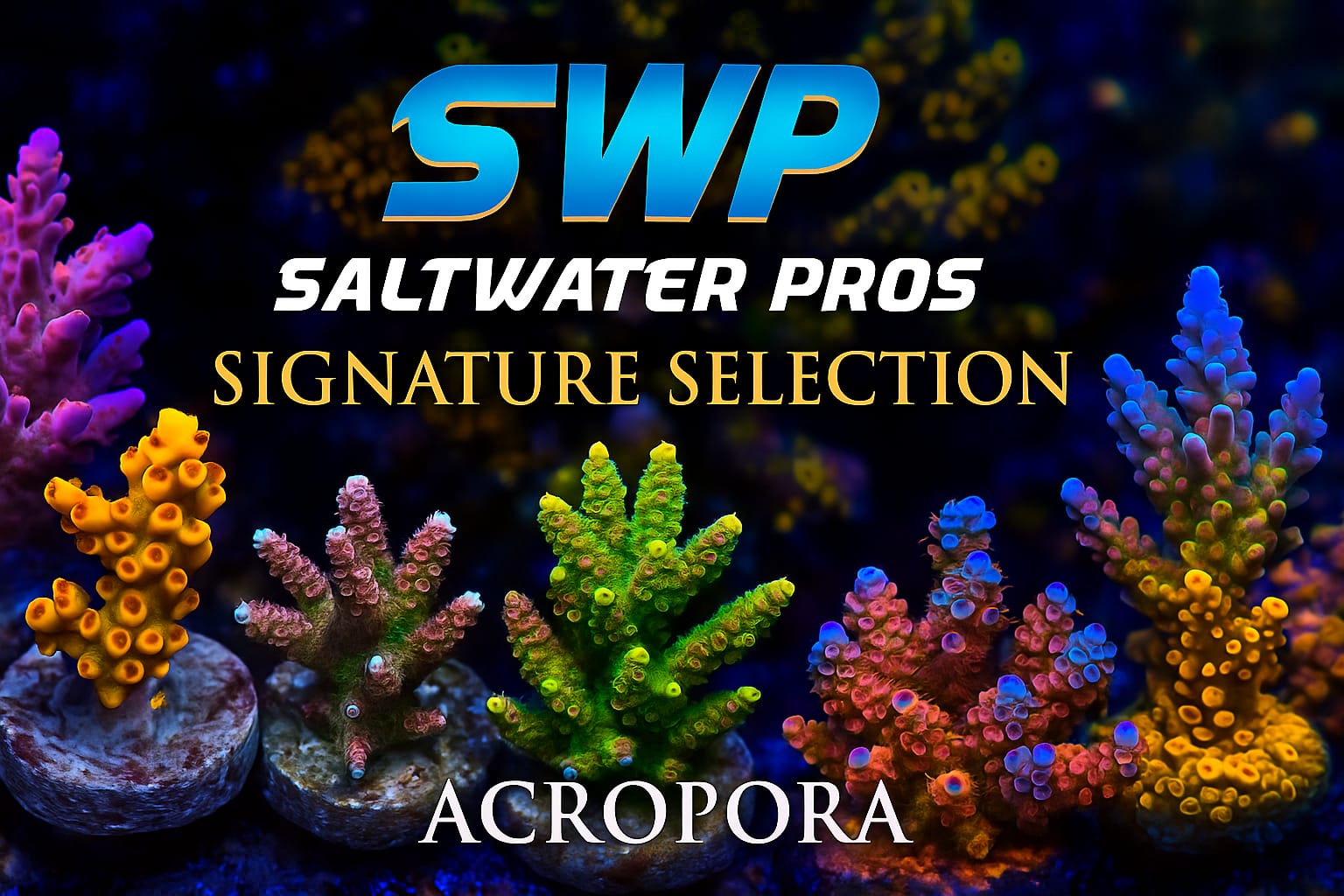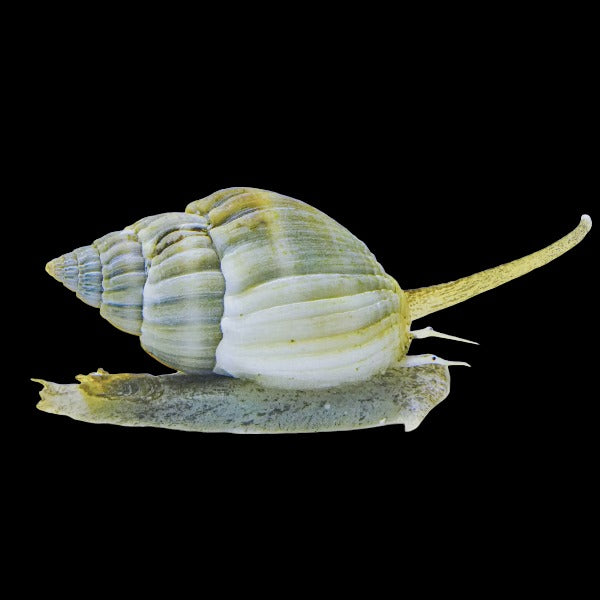Description
Nassarius snails are a type of marine snail that belongs to the family Nassariidae. These snails are commonly known as Nassarius Snails or Nassarius Vibex, and they are popular choices for saltwater aquariums due to their scavenging and sand-burrowing behavior.
Here are some key characteristics and information about Nassarius snails:
Behavior: Nassarius snails are scavengers and detritivores. They are known for their habit of burying themselves in the sand substrate of aquariums and emerging to feed on organic matter, such as uneaten food, decaying plant material, and detritus.
Appearance: Nassarius snails are relatively small and have elongated, conical shells that are often tan or brownish in color. They have a long siphon used for detecting and reaching food particles in the sand.
Habitat: In the wild, Nassarius snails are found in coastal and shallow marine environments. They inhabit sandy substrates in areas ranging from intertidal zones to shallow reef flats.
Sand Aeration: One of the benefits of keeping Nassarius snails in a marine aquarium is their sand-stirring behavior. They help to aerate the substrate by churning and turning the sand, preventing the formation of anaerobic "dead spots" and promoting the overall health of the tank.
Care: Nassarius snails are generally easy to care for in a well-maintained marine aquarium. They require a sandy substrate for burrowing and access to organic matter to feed on.
Compatibility: These snails are generally peaceful and can coexist with a variety of marine species. However, they may not be suitable for reef tanks with very fine sand substrates that could potentially smother them during their burrowing activities.
Nassarius snails are valued for their cleaning and sand-stirring abilities in marine aquariums. They help maintain water quality by preventing the buildup of organic waste in the substrate. As with any aquarium species, it's important to maintain proper water quality and provide suitable conditions for their well-being.
Behavior: Nassarius snails are scavengers and detritivores. They are known for their habit of burying themselves in the sand substrate of aquariums and emerging to feed on organic matter, such as uneaten food, decaying plant material, and detritus.
Appearance: Nassarius snails are relatively small and have elongated, conical shells that are often tan or brownish in color. They have a long siphon used for detecting and reaching food particles in the sand.
Habitat: In the wild, Nassarius snails are found in coastal and shallow marine environments. They inhabit sandy substrates in areas ranging from intertidal zones to shallow reef flats.
Sand Aeration: One of the benefits of keeping Nassarius snails in a marine aquarium is their sand-stirring behavior. They help to aerate the substrate by churning and turning the sand, preventing the formation of anaerobic "dead spots" and promoting the overall health of the tank.
Care: Nassarius snails are generally easy to care for in a well-maintained marine aquarium. They require a sandy substrate for burrowing and access to organic matter to feed on.
Compatibility: These snails are generally peaceful and can coexist with a variety of marine species. However, they may not be suitable for reef tanks with very fine sand substrates that could potentially smother them during their burrowing activities.
Nassarius snails are valued for their cleaning and sand-stirring abilities in marine aquariums. They help maintain water quality by preventing the buildup of organic waste in the substrate. As with any aquarium species, it's important to maintain proper water quality and provide suitable conditions for their well-being.
- Care level: Easy
- Temperament: Peaceful
- Diet: Carnivore
- Reef Compatible: Yes
- Family: Nassariidae










